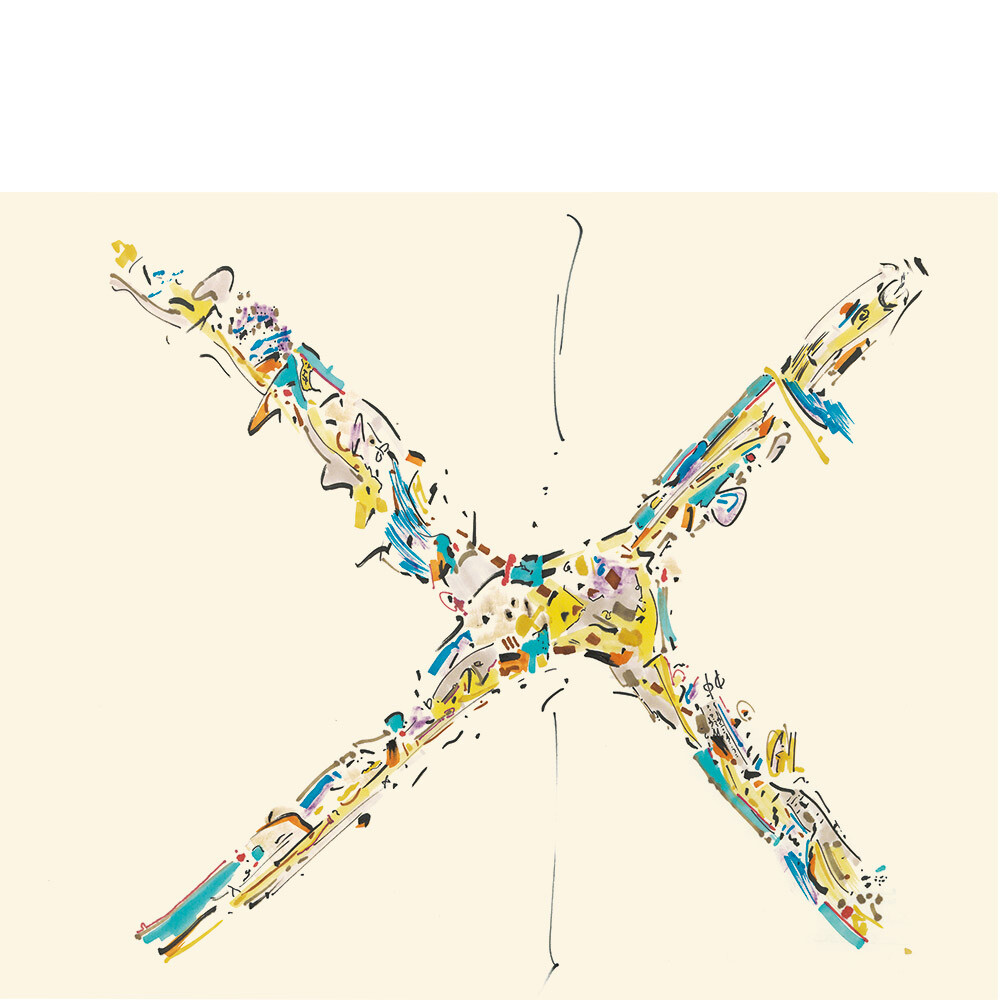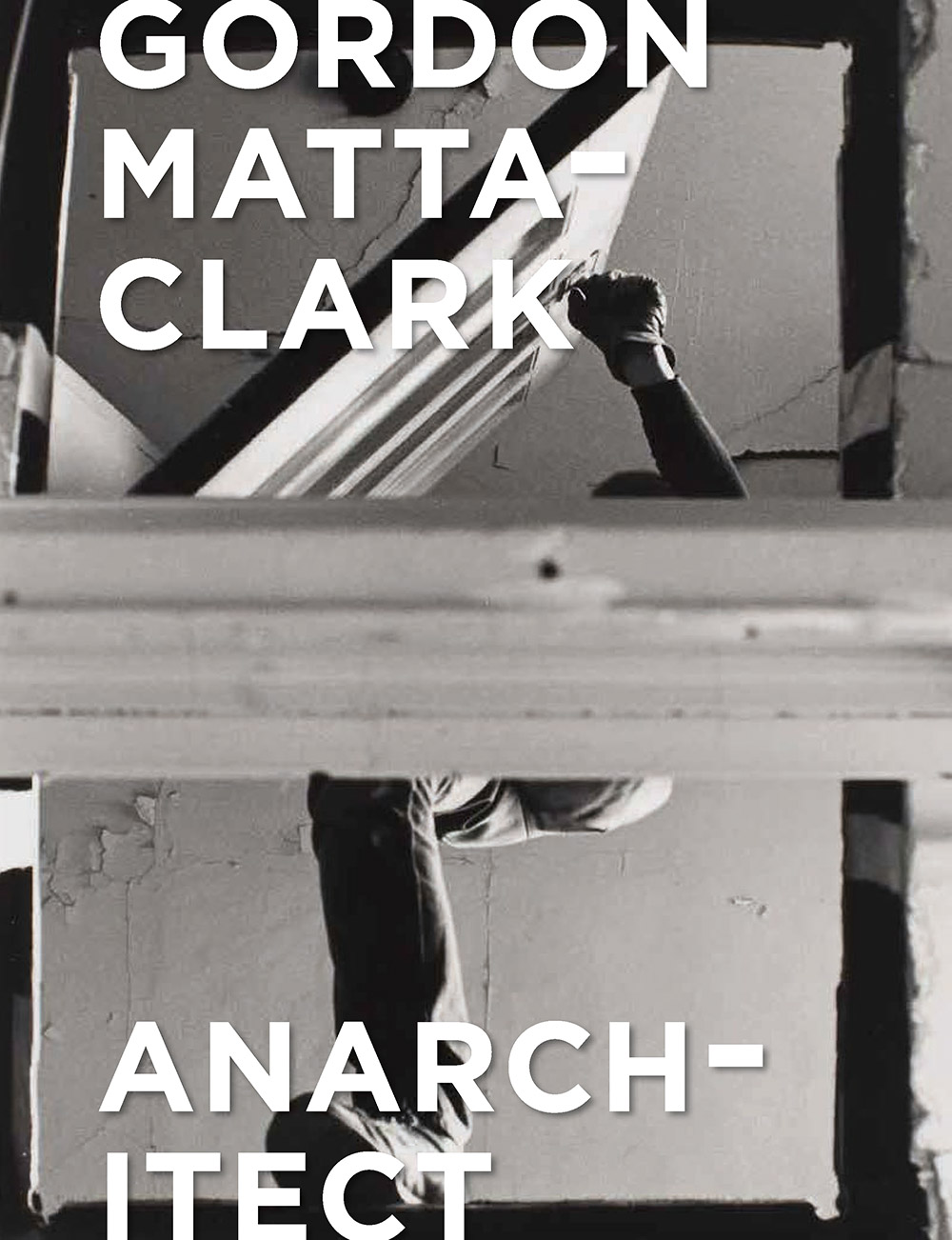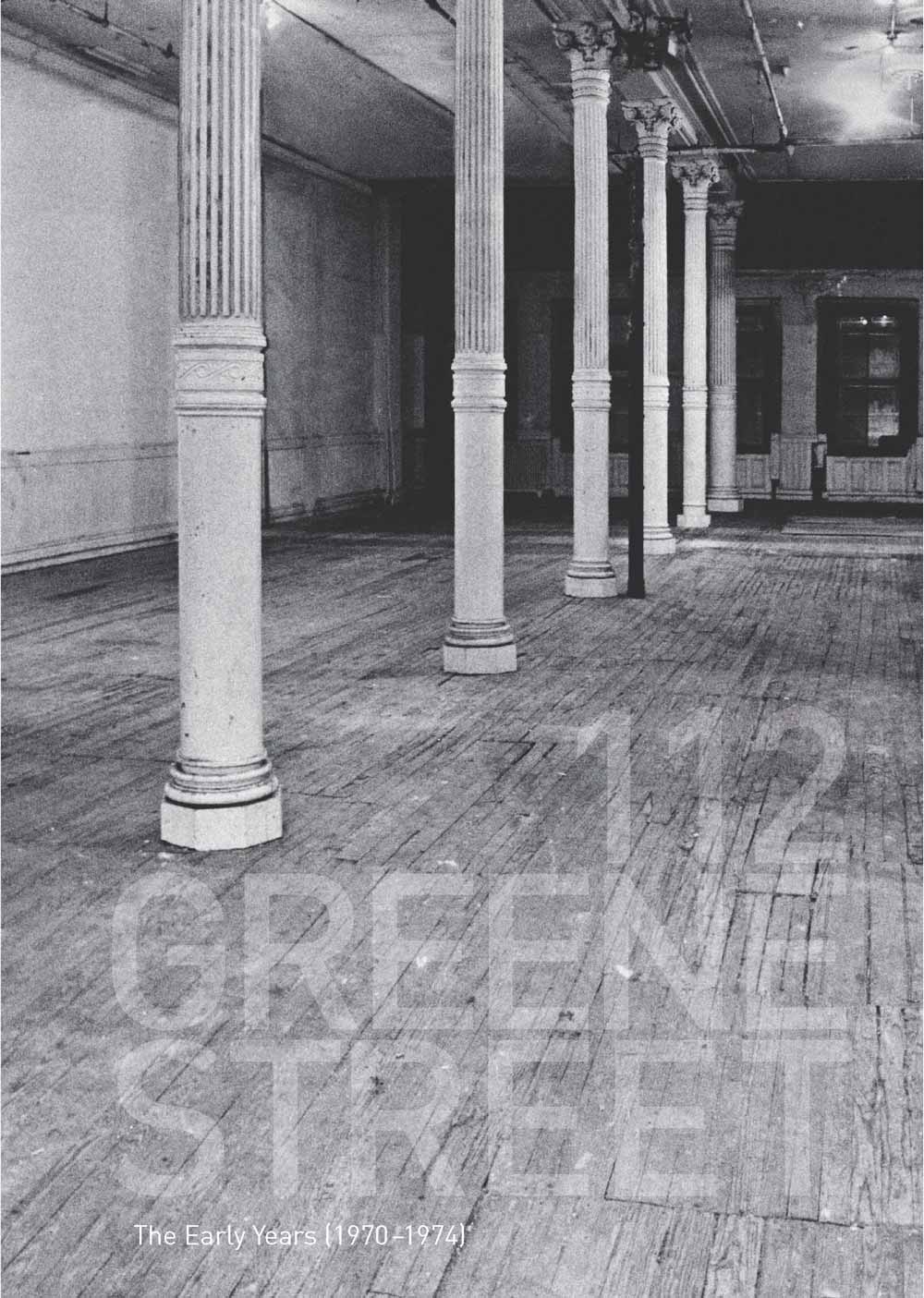Cutting Matta-Clark: The Anarchitecture Investigation
By Mark Wigley. Contributions by Gordon Matta-Clark.
Cutting Matta-Clark: The Anarchitecture Investigation is a detective story. It relentlessly pursues the legendary but invisible Anarchitecture Group show and Gordon Matta-Clark’s celebrated, hyper-visible, yet equally misunderstood building cuts. Of all the shows at the fabled 112 Greene Street space—an epicenter of New York’s downtown art scene in the 1970s—the Anarchitecture Group show of March 1974 is a constant reference point in discussion, despite the almost complete lack of evidence about it. It has become a foundational myth. Gordon Matta-Clark was supposedly the ringleader of an extended series of meetings with fellow artists that operated as a kind of collective research seminar challenging all conventional understandings of architecture. The meetings of this so-called Anarchitecture Group culminated in the exhibition as an anonymous statement in unlabeled photographs. But did it actually happen? It exists only through oblique archival traces and the conflicting memories of the participants. An unprecedented dossier of unpublished archival evidence is assembled here and subjected to ever deeper forensic analysis—cutting into both the concepts and the cuts to see what the elusive, mysterious, seductive, yet viral word Anarchitecture offers us today.
Contains interviews with Tina Girouard, Jene Highstein, Dickie Landry, Jeffrey Lew, Richard Nonas, Bernard Kirschenbaum, and Susan Weil Kirschenbaum.
Artists: Gordon Matta-Clark
Contributors: Mark Wigley
Publication Date: 2018
Binding: Softcover
Dimensions: 6 1/2 x 9 1/2 in | 16.5 x 24.1 cm
Pages: 528
Reproductions: 813 color
ISBN: 9783037784273
Retail: $39 | £30
Status: Not Available
Gordon Matta-Clark
Born in New York in 1943, Gordon Matta-Clark is widely considered one of the most influential artists working in the 1970s. He was a key contributor to the activity and growth of the New York art world in SoHo from the late 1960s until his untimely death in 1978. His practice introduced new and radical modes of physically exploring and subverting urban architecture, and some of his most well-known projects involved laboriously cutting holes into floors of abandoned buildings or, as with Splitting (1974), slicing a suburban villa in two.
All Gordon Matta-Clark books



